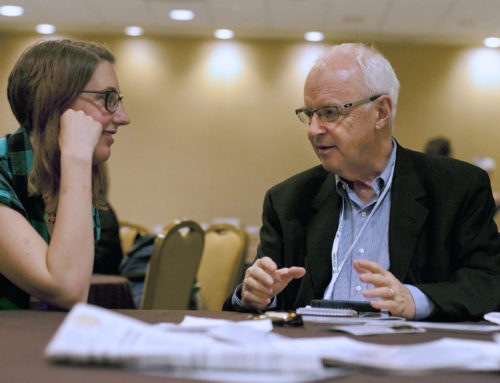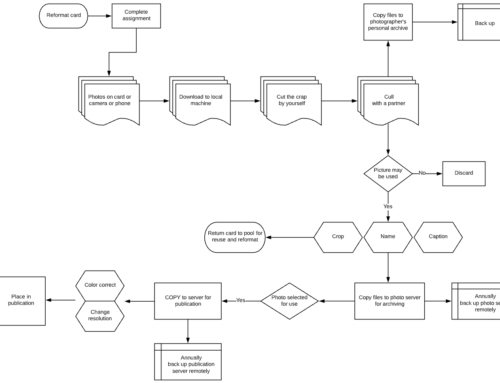I taught a session in Minneapolis at the Associated Collegiate Press summer workshop on doing critiques. We all know to critique the photo, story, design or whatever and not the person. Indeed, most of us do that pretty well. And we do a job of offering constructive criticism, including praise. But other than that, we go about the critique all wrong.
- In general, we need to focus the critique, not just do a daily critique or deadline critique of the whole thing. Focus on specific elements.
- More than that, we need to bring in outsiders, even readers, to go over their thoughts. We tell each other the same thing over and over.
- And why not do the critique in advance of the final deadline. If the final deadline for the daily newspaper is at midnight, take a time out at 10 p.m. and critique what is done while there is still time to make changes. Same for yearbook.
- And the best advice, as given by Chip Scanlan of the Poynter Institute, ask these questions to focus the discussion: What works? What needs work?
Here are some more thoughts from John Witt of the Richmond Times-Dispatch: Critiques lose impact when they get to be a daily routine. Through trial-and-error, we found that more people came and paid more attention when critiques were scheduled weekly and organized by topic rather than a generic “What did you think about today’s paper?”
- Vary the themes and presenters.
- Schedule them at a time when the maximum number of folks can attend — not just at the morning editors’ meeting.
- Have the presenter prepare a summary and post it on the bulletin board, e-mail or Web page for posterity. Then invite discussion.
- Critiques should be even-handed. Hollow praise or a steady stream of negativity are equally self-defeating.
And from Chip Scanlan of Poynter.
- “I worry that negativity associated with critiques as they are often practiced outweigh whatever benefits are supposed to accrue, including quality control and motivation. There must be a better way.
- “One suggestion is to drive such sessions with two open-ended questions that begin on a positive note and frame criticism in a productive direction: What works? What needs work? Since this interrogatory pair is a useful tool for revising a story, I see no reason it shouldn’t help when an entire edition or broadcast, or a newsroom culture for that matter, is up for consideration.â€





Leave A Comment